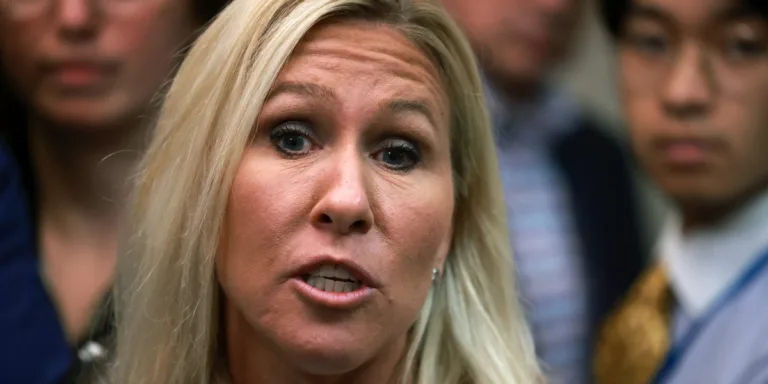The Future of Franchising Hangs in the Balance as Challenges Mount Against the NLRB’s Joint Employer Rule
The NLRB’s Joint Employer Rule Faces a Barrage of Challenges, Fueling a High-Stakes Battle Over the Future of Franchising
The National Labor Relations Board (NLRB) has delayed the implementation of its new “Joint Employer Rule” (JER) which significantly expands the criteria for determining joint employer status, potentially making franchisors liable for the labor practices of their franchisees. Originally slated to take effect on December 26, 2023, the revised rollout date is now set for February 26, 2024. This move comes amidst a flurry of legal challenges and political scrutiny, highlighting the complexities and contentious nature of the rule. The delay grants additional time for businesses to understand and adapt to the new regulations while legal and political debates continue to shape its final form.
The Joint Employer Rule’s provisions
The NLRB’s updated rule broadens the definition of a joint employer, making franchisors jointly responsible for the labor practices of their franchisees. In contrast, previously, the franchisees were responsible for compliance with labor laws related to their employees. Under this new regulation, an entity could be deemed a joint employer if it controls just one of seven essential employment terms and conditions. This is a departure from previous narrower interpretations, potentially expanding the number of businesses affected. Experts say this change could redefine employer-employee relationships across various industries, not just in franchising.
Legal and political challenges
Since its announcement, the rule has faced intense opposition. The International Franchise Association, for instance, has vehemently opposed it, and the U.S. Chamber of Commerce, along with the American Hospital Association and various business groups, filed a lawsuit challenging the rule’s legitimacy. They argue that it is not only arbitrary but also exceeds the NLRB’s statutory authority.
Additionally, political challenges have emerged, including a Senate resolution aimed at overturning the rule. This opposition reflects the broader debate over the balance between worker rights and business autonomy in the U.S. economy.
Congressional involvement
Adding to the rule’s uncertain future, H.J. Res. 98 was introduced in Congress as a Congressional Review Act resolution of disapproval. Supported by organizations like the National Restaurant Association, this resolution, if passed, could nullify the rule.
The historical context of the JER
The joint employer rule has a tumultuous history, with its interpretation swinging between administrations. The Obama administration’s Browning-Ferris Industries decision in 2015 broadened the scope of joint employer liability, which was then narrowed during the Trump administration. The current rule under the Biden administration seeks to find a middle ground, though it leans more towards the broader interpretation of the Obama era.
Implications for businesses
Given the rule’s potential impact, businesses, especially those in franchising or using subcontractors, are advised to review their agreements and labor practices. The rule’s broadening scope could significantly change how businesses manage their workforce and contractual relationships. Legal experts advise businesses to closely monitor developments and seek legal counsel to navigate the changing regulatory environment.
What’s next?
As the NLRB’s joint employer rule faces a dynamic and challenging path ahead, businesses are in a state of anticipation. With legal battles and potential congressional intervention, the final outcome and effective date of this rule remain uncertain. However, the delay in implementation offers businesses additional time to prepare for any eventualities, underscoring the need for proactive planning and adaptation in a rapidly evolving labor landscape.







